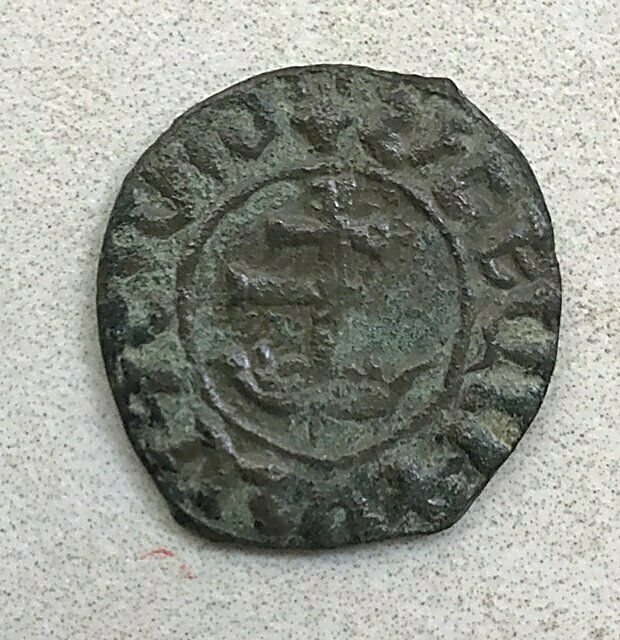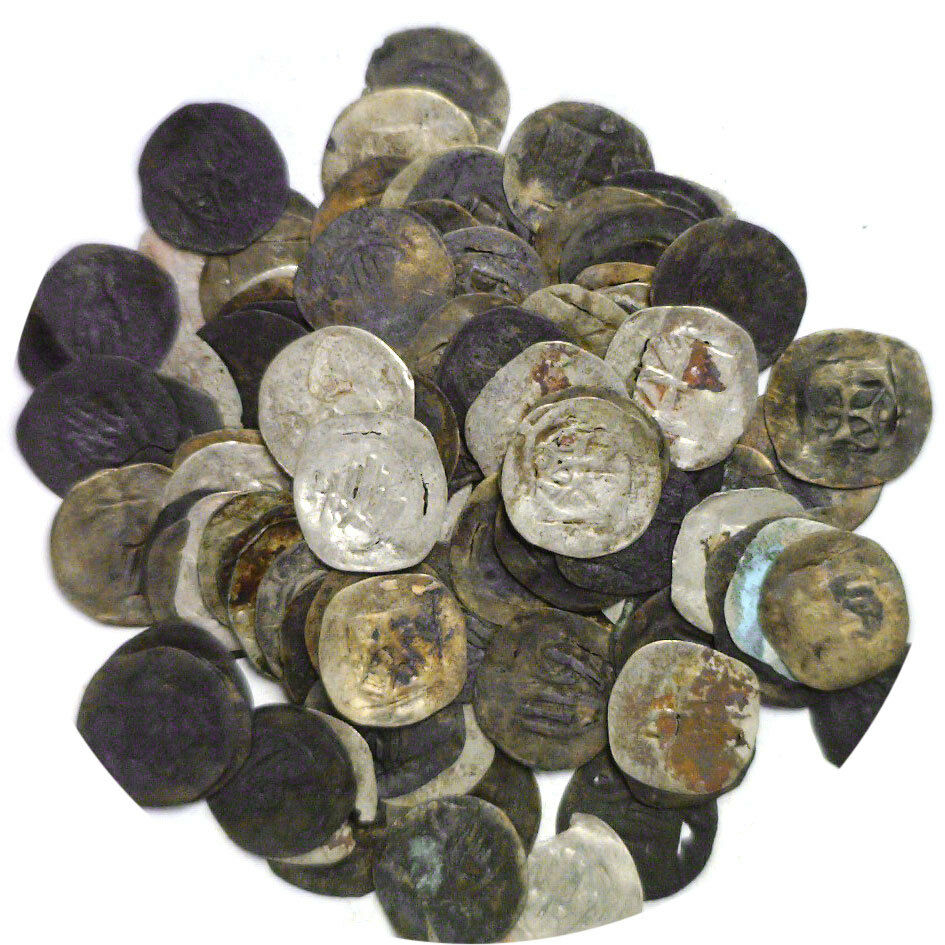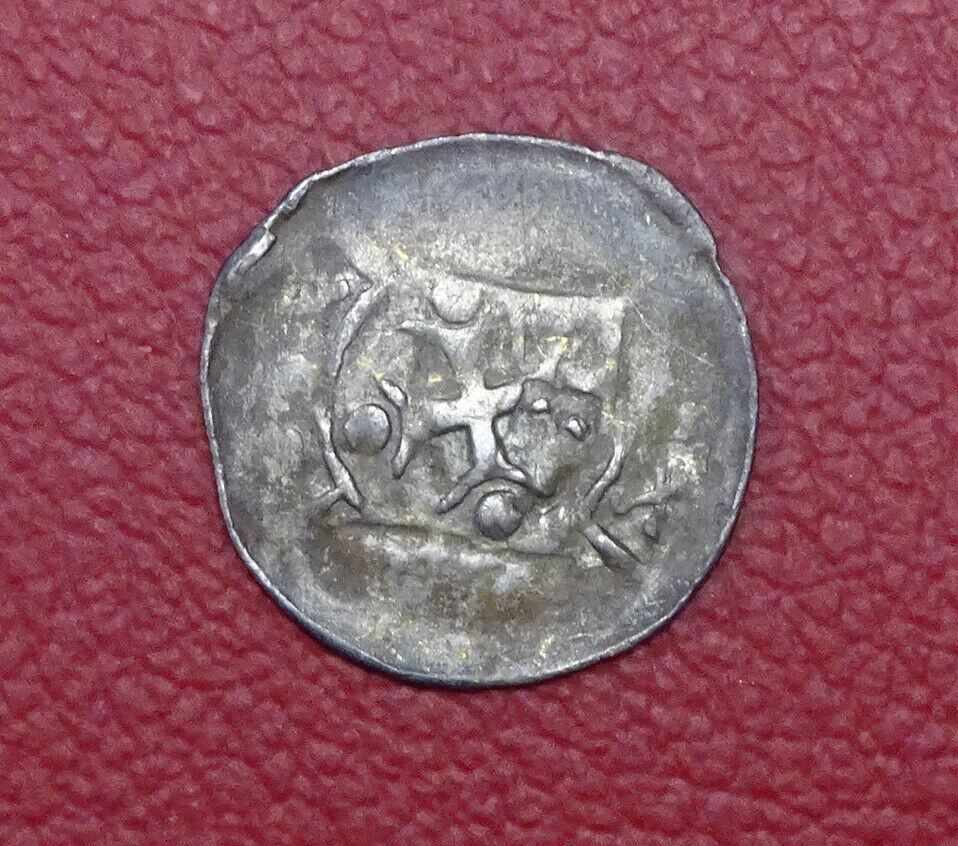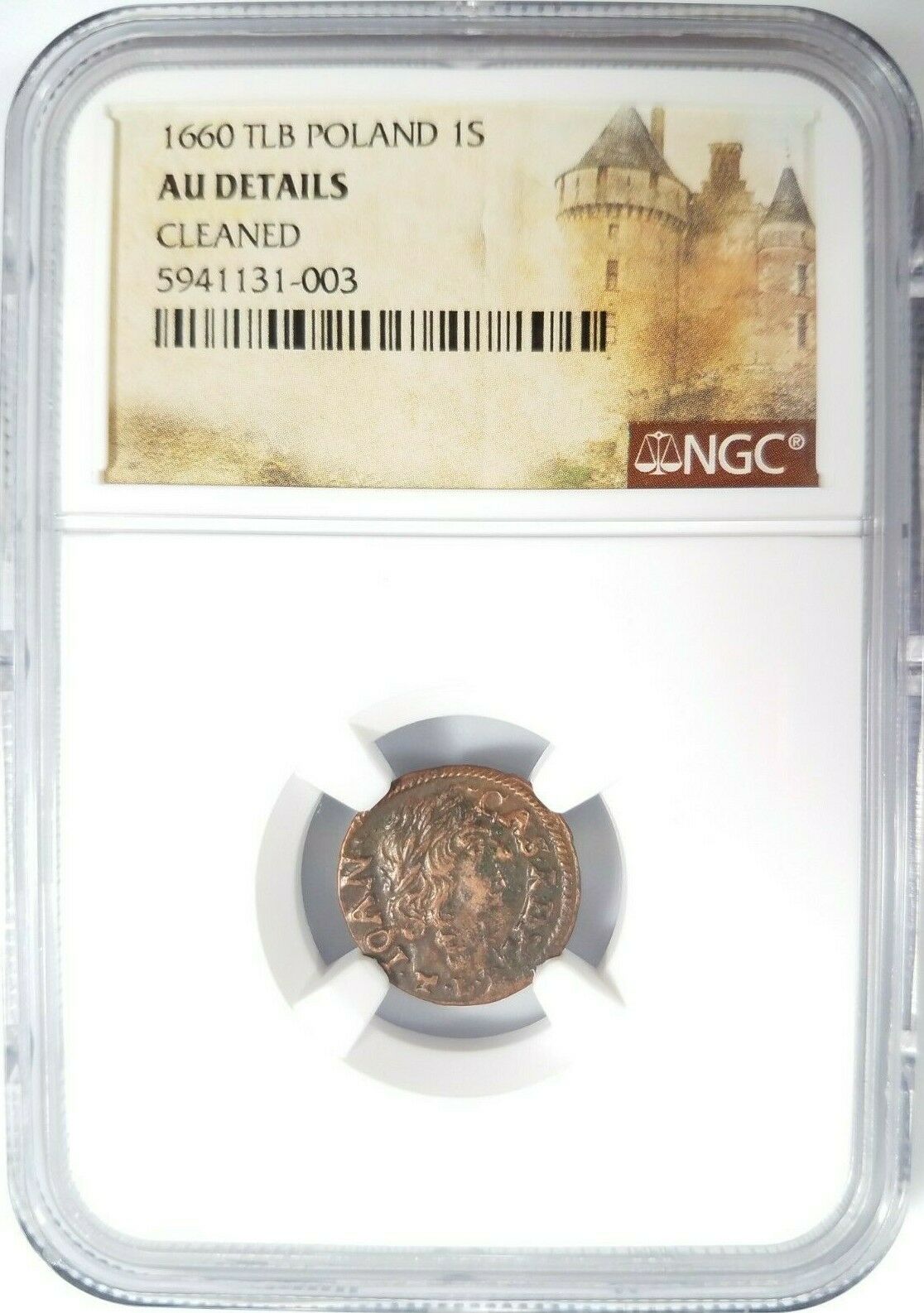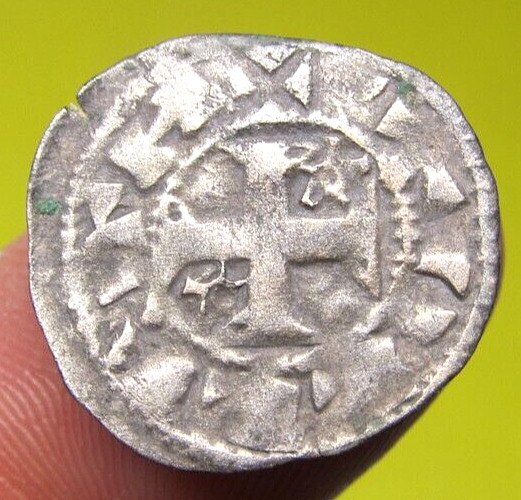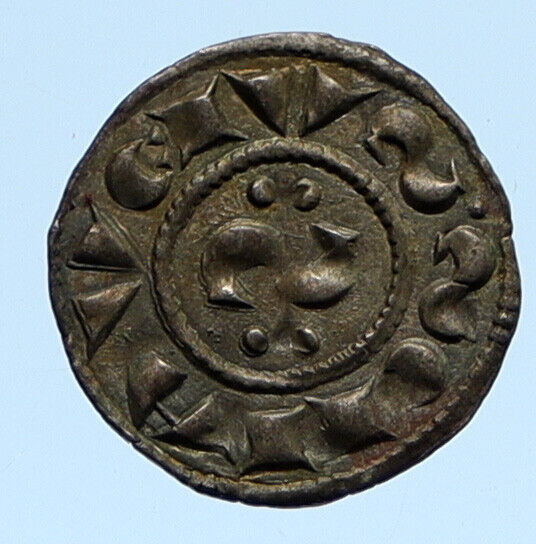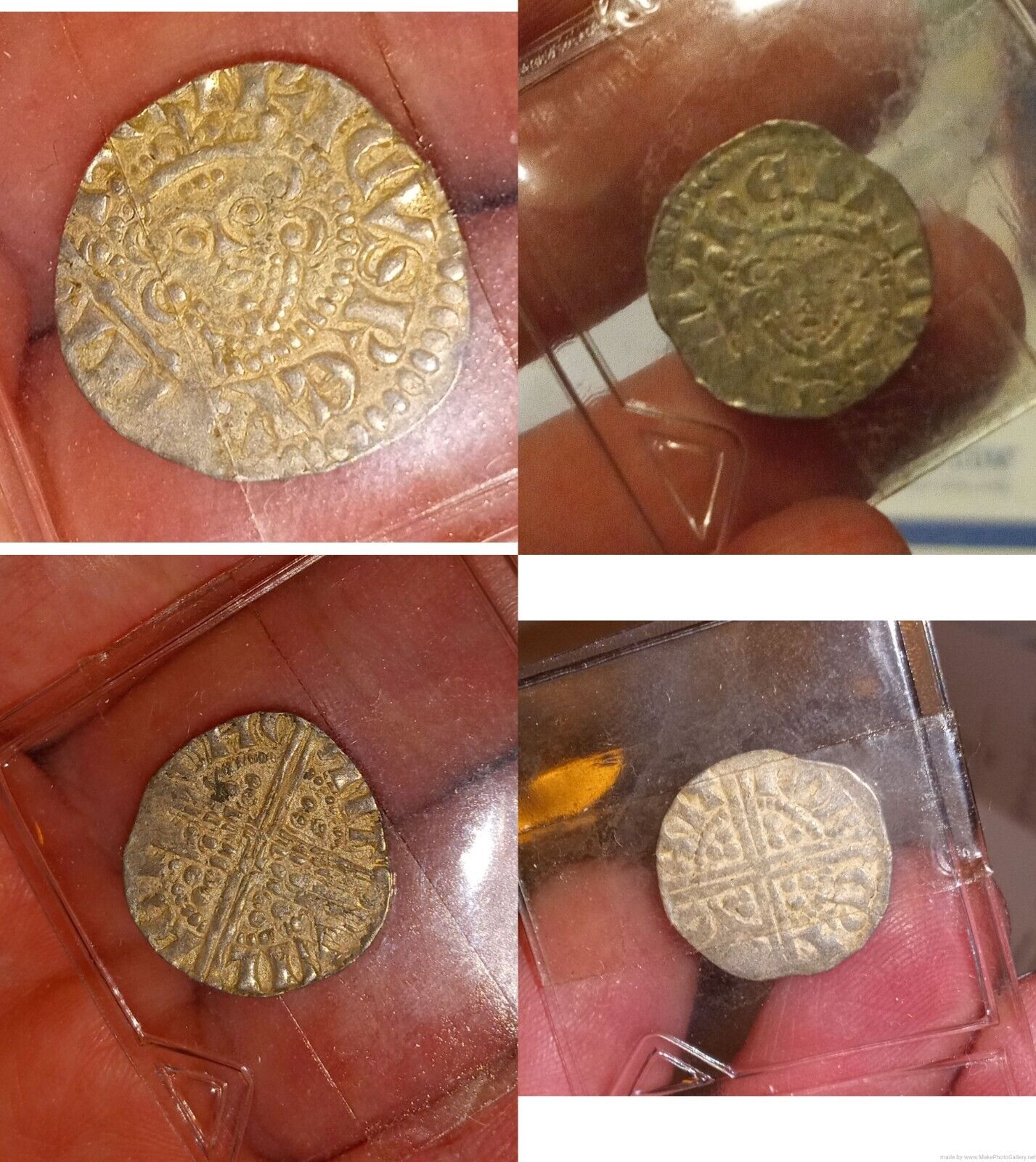-40%
Cilicia Feudal Coin: Hetoum II (1289-93), (1295-6), (1299-1301), (1301-06)
$ 10.03
- Description
- Size Guide
Description
AE Kardez, 3.5GR, 22mm. Obv: HETOUM KING OF THE ARMENIANS, large crowned facing head of king. Rev: STRUCK IN THE CITY OF SIS, central long cross with two bars. Mint is Sis. Ner 398.
Hetoum II
was the primary heir, but had little interest in ruling. After two years of it, he retired to a monastery and passed the kingdom on to his next brother, Toros. After a short time, Toros too lost interest, and with the nobility, asked Hetoum to retake the throne. Hetoum did.
To get
a feel for the internecine conflict, I'll touch on what happens next in outline form, from Bedoukian.
> Hetoum and Toros go to Constantinople for their sister's wedding.
> They leave brother Smpad in charge.
> Smpad decides he should be king.
> When Hetoum and Toros return, Smpad imprisons them.
> Toros is killed (strangled), Hetoum is partially blinded.
> This treatment of his brothers infuriates brother Gosdantin
> Gosdantin revolts, captures and imprisons Smpad, frees Hetoum.
> Hetoum asks Gosdantin to rule in his place.
> Hetoum's eye sight returns, the nobility ask him to resume rule.
> Gosdantin doesn't want to give up the throne, frees Smpad and they fight Hetoum.
> Hetoum finally prevailed and captured his brothers, who die in captivity (exile?) in Constantinople.
Not surprisingly
, Armenia's enemies take advantage of this internal conflict to raid throughout the kingdom, particularly in the lowlands near the coast. All this is too much for Hetoum II, always the reluctant ruler, who once again, and permanently, retired to a monastery in 1305. He died November 17, 1307, at the hands of a supposed ally.
One
of the attractions of the Mongol alliance was that they were not Islamic. However, the Great Khan converted to Islam in 1304, much to the distress of the Cilicians. While the initial converting khan was tolerant of Christians, his success, named Kharbanda, required all the Christians to wear a black linen strip over their shoulder as a sign of their non-Islamic status.
Free shipping in the US
